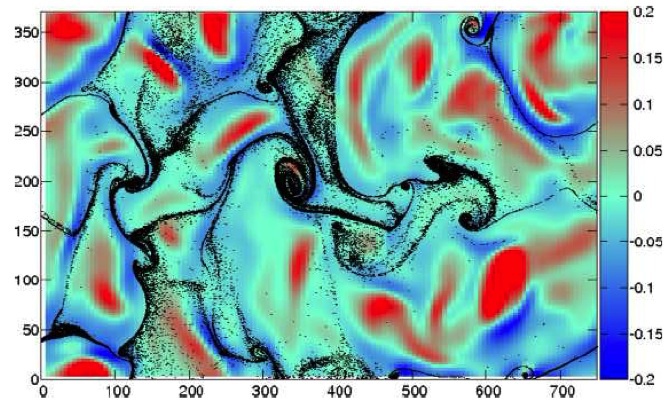Physics and computations of turbulent dispersed flows: Macro- Consequences from Micro

Turbulent fluids and small particles or droplets or bubbles are common to a number of key processes in energy production, product industry and environmental phenomena. In modelling, the dispersed phase is usually assumed uniformly distributed. Indeed, it is not. Dispersed phases can be focused by turbulence structures and can have a time-space distribution which barely resembles prediction of simplified averaged modelling. Preferential distribution controls the rate at which sedimentation and re-entrainment occur, reaction rates in burners or reactors and can also determine raindrop formation and, through plankton, bubble and droplet dynamics, the rate of oxygen-carbon dioxide exchange at the ocean-atmosphere interface. In this talk, we will review a number of physical phenomena in which particle segregation in turbulence is a crucial effect describing the physics by means of Direct Numerical Simulation of turbulence underlining the presence of the strong shear which flavors wall turbulence with a unique multiscale aspect and adds intricacy to the role of inertia, gravity and buoyancy in influencing particle motion. The role of free surface turbulence in dispersing and clustering the light particles such as plancton will be also described.

Figure 1. Light particles floating on a flat shear-free surface of a turbulent open water. This configuration mimics the motion of buoyant matter (e.g. phytoplankton, pollutants or nutrients). Correlation between floater clusters and surface divergence Ñ2D. Floaters segregatein Ñ2D < 0 regions (in blue, footprint of sub-surface downwelings) avoiding footprint of sub-surface upwelings). Particle buoyancy induces clusters that evolve towards a long-term fractal distribution in a time much longer than the Lagrangian integral fluid time scale, indicating that such clusters over-live the surface turbulent structures which produced them?.